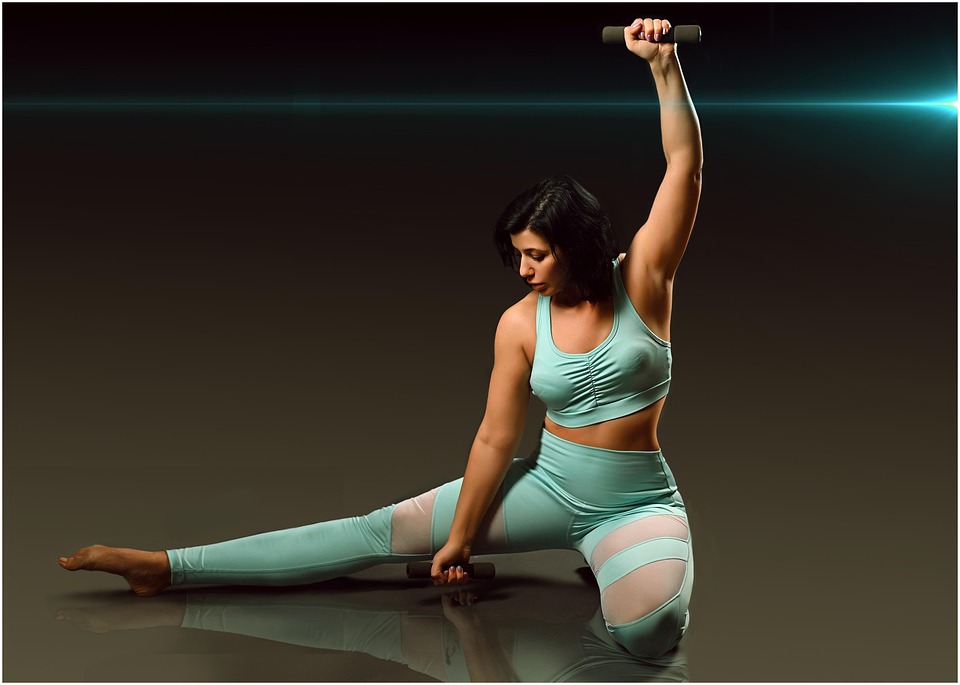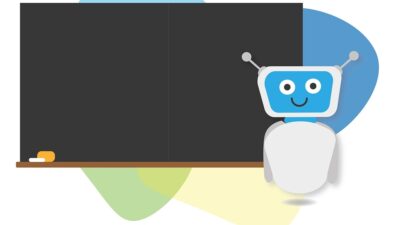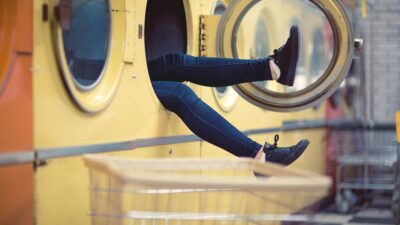In recent years, the rise of artificial intelligence (AI) has sparked a real revolution in the creative industries. From composing symphonies to generating visual art, AI has begun to blur the lines between human creativity and machine outputs. But this begs a crucial question: can machines truly create art, or are they merely sophisticated tools replicating human processes?
The Nature of Creativity
Before we dive into the capabilities of AI in art, it’s essential to define what we mean by creativity. Traditionally, creativity has been viewed as an inherently human trait, characterized by originality, emotional depth, and a unique perspective. It involves not just the ability to create something new, but also the capacity to convey meaning, provoke thought, and resonate emotionally with an audience.
AI, on the other hand, operates through algorithms and computational models. It can process vast datasets, identify patterns, and even generate outputs that mimic human styles. Yet, the question arises—does this constitute true creativity, or is it merely the result of careful programming?
How AI Creates Art
AI-driven art is created through various methodologies, primarily leveraging machine learning and neural networks. One popular technique is Generative Adversarial Networks (GANs), where two neural networks compete against one another: one generates art while the other assesses its quality. This constant feedback loop enables the AI to refine its outputs, resulting in artworks that can range from strikingly realistic to abstract and surreal.
Furthermore, tools like OpenAI’s DALL-E and Google’s DeepDream have demonstrated the ability to create compelling visual imagery based on textual prompts or existing images. Musicians are also employing AI, with projects that use algorithms to compose new melodies in the style of legendary composers, or even create entirely new genres.
The Debate: Is AI a True Artist?
Understanding whether AI can be considered a true artist involves several layers of judgment:
1. Originality vs. Replication
AI can generate content that appears original, but much of its output is based on the data it has been trained on. Critics argue that this makes AI more a facsimile of creativity than a true creator. For instance, when an AI paints like Van Gogh, is it really "creating," or merely emulating an existing style?
2. Emotional Depth
Art often reflects the artist’s emotions, experiences, and societal context. While AI can process themes and stylistic cues, it lacks personal experiences or emotional consciousness. As such, AI-generated art may lack the profound narratives that human creators bring to their work.
3. Audience Reception
The value of art is often derived from how it is perceived by its audience. Some may find AI-generated art captivating and innovative, while others might dismiss it as soulless repetition. The subjective nature of art complicates the assessment of AI’s creative capabilities.
The Impact of AI on Artists
Rather than replacing human creativity, many industry experts believe AI can serve as a collaborative partner. By automating repetitive tasks or offering new perspectives, AI tools can enhance the creative process rather than diminish it. Artists are increasingly using AI to push boundaries, explore new techniques, and even discover their own potential.
Tools such as Adobe’s Sensei and run-of-the-mill AI art generators foster an environment where artists can experiment rapidly and create more freely. This collaboration opens the door for innovative art forms, bridging the divide between human and machine creativity.
The Future of AI in Art
The conversation around AI and creativity is far from settled. As technology continues to evolve, it will likely challenge our traditional definitions of art, creativity, and authorship. Will AI one day be seen as a legitimate artist, or will it always remain a tool in the hands of creatives?
From the perspective of society, the integration of AI into the arts might encourage a broader dialogue about creativity itself. As art evolves, so too will our understanding of what it means to create.
Conclusion
AI’s role in art creation undoubtedly complicates the relationship between technology and creativity. While current AI systems may not exhibit creativity in the same way humans do, their capabilities inspire intriguing questions and opportunities. Ultimately, the conversation about whether machines can create art is as much about the nature of creativity itself as it is about the technology involved. In blending human ingenuity with machine efficiency, we may be on the cusp of a new era of artistic expression that redefines the very essence of art.



